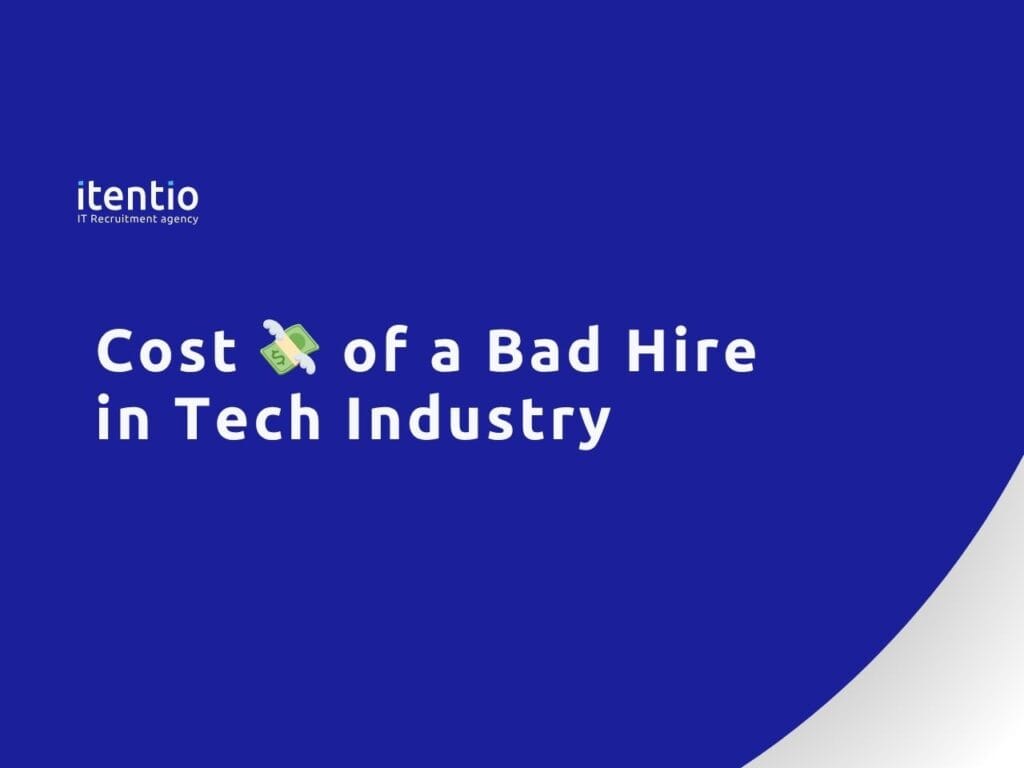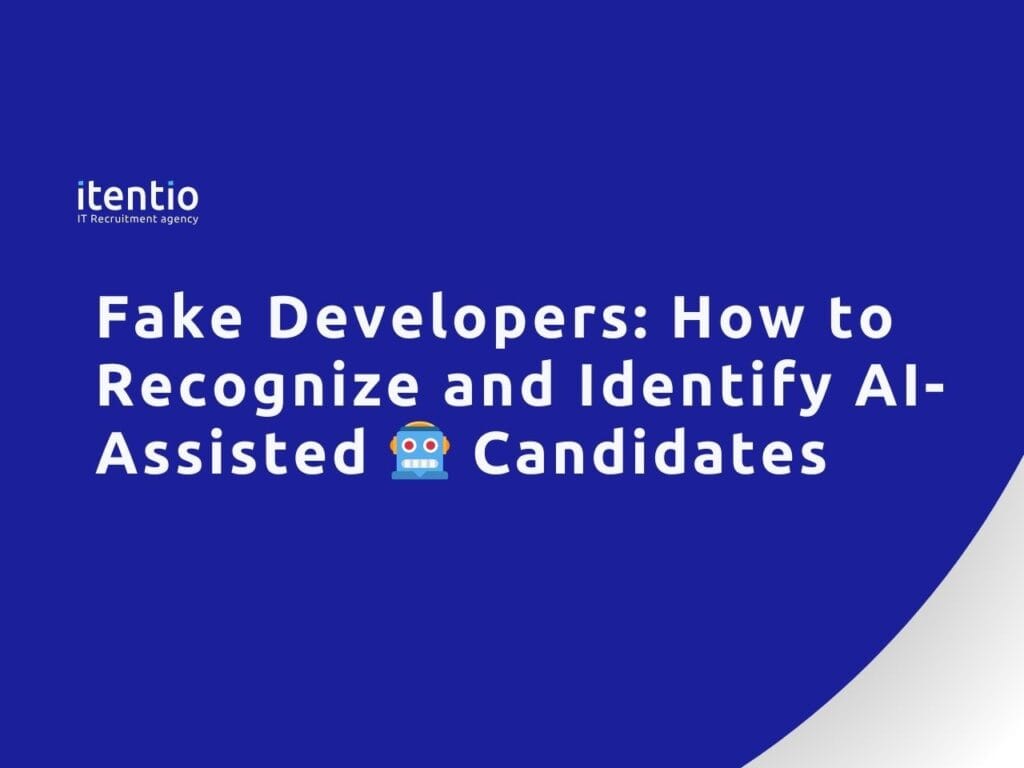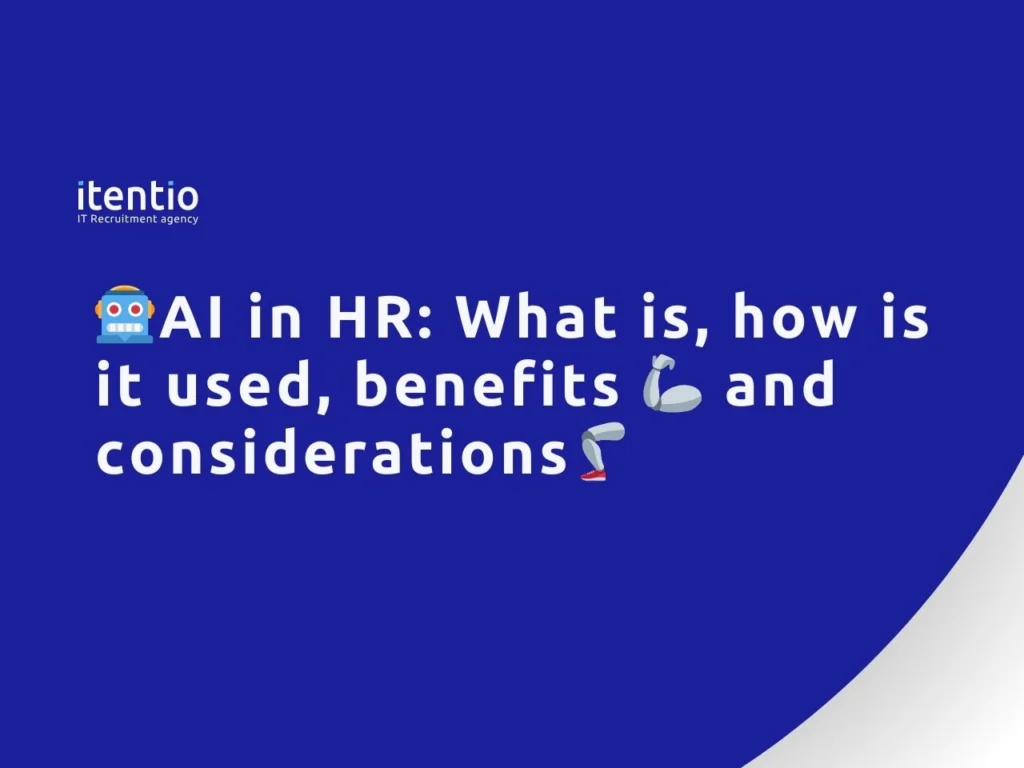Ghost jobs are phantom job postings that companies never intend to fill, yet they make up to 40% of all listings on major job boards today. These deceptive practices are wasting countless hours of job seekers’ time while distorting the entire employment market. If you’ve been wondering why your perfectly crafted applications seem to disappear into a black hole, you’re likely encountering this hidden epidemic. In this comprehensive guide, we’ll reveal how to spot these fake opportunities, understand why companies post them, and protect yourself from falling into their trap.
Nowadays countless qualified candidates find themselves trapped in a frustrating cycle: applying to dozens of positions, crafting personalized cover letters, and waiting for responses that never come. What many don’t realize is that they may be chasing phantom opportunities – positions that were never intended to be filled. These deceptive listings, known as ghost jobs, have become an increasingly problematic aspect of modern recruitment, affecting millions of job seekers worldwide.
Recent studies suggest that up to 40% of job postings on major platforms may be ghost jobs, creating a significant waste of time and resources for both candidates and genuine employers. As we move through 2025, the tech industry has become particularly notorious for these practices, prompting urgent discussions about hiring transparency and ethical recruitment standards.
What Are Ghost Jobs?
Ghost jobs meaning encompasses any job posting that a company has no intention of filling with external candidates. These phantom listings appear legitimate on the surface but serve purposes other than actual hiring.
The term “ghost jobs” covers several types of deceptive postings:
- Phantom Roles: Positions created to build talent pipelines for future openings that may never materialize. Companies collect resumes and maintain candidate databases “just in case.”
- Expired Listings: Jobs that were once real but have been filled internally or canceled, yet remain active on job boards for weeks or months.
- Compliance Posts: Roles posted to satisfy legal requirements for equal opportunity employment, despite having internal candidates already selected.
- Market Research: Fake positions used to gauge salary expectations, skill availability, or competitor intelligence in specific markets.
What makes ghost jobs particularly problematic in tech hiring 2025 is their sophistication. These aren’t obviously fake postings. They often come from legitimate companies with detailed job descriptions, specific requirements, and professional presentation. The popularity of remote work has made it even easier for companies to post ghost jobs across multiple locations without clear hiring intentions.
Why Do Companies Post Ghost Jobs?
Understanding why companies post ghost jobs is crucial for both job seekers and the recruitment industry. While the practice may seem deceptive, companies often have what they consider legitimate business reasons:
- Building Talent Pipelines: Many organizations post ghost jobs to continuously collect resumes and build databases of potential candidates. This allows them to quickly fill positions when they become available, rather than starting the recruitment process from scratch.
- Legal and Compliance Requirements: Some companies are legally required to post positions publicly, even when they have internal candidates in mind. This can be applicable to certain regulated industries.
- Market Research and Benchmarking: Companies use ghost job postings to understand current salary expectations, skill availability, and competitive positioning in their industry. This intelligence helps them make informed decisions about compensation and hiring strategies.
- Investor and Stakeholder Perception: Startups and growing companies may post ghost jobs to appear larger and more successful than they actually are. Active job postings can signal scaling, growth and stability to investors and clients.
- Internal Promotion Requirements: Some organizations must post positions externally before promoting internal candidates, creating ghost jobs where the outcome is predetermined.
- Brand Visibility: Consistent job postings keep companies visible in the talent marketplace, ensuring they remain top-of-mind for potential candidates even when not actively hiring.
While these reasons may seem logical from a business perspective, they create significant problems for job seekers and distort the employment market.
The Hidden Costs: Impact on Job Seekers and the Market
The prevalence of ghost jobs creates a ripple effect that damages the entire hiring ecosystem, affecting both job seekers and the broader market in ways that extend far beyond individual disappointment.
For candidates, the impact hits on multiple levels, starting with the most immediate concern: wasted time and energy. Picture a skilled professional spending hours each week tailoring applications, researching companies, and preparing for interviews that will never happen. This isn’t just frustrating, it’s actively harmful to their job search strategy, pulling their focus away from legitimate opportunities that could actually advance their career.
The psychological toll proves equally damaging. When talented individuals repeatedly apply to positions without receiving any response, they naturally begin to question their own abilities. This job search fatigue doesn’t just slow down their efforts; it can fundamentally shake their confidence in their skills and marketability. What starts as enthusiasm for new opportunities gradually transforms into discouragement and burnout.
The market distortion created by ghost jobs affects everyone involved in the hiring process. When these phantom positions artificially inflate the number of available jobs, they paint a misleadingly optimistic picture of the employment landscape. This false data can influence everything from government economic policies to individual career decisions, creating a disconnect between perceived opportunities and reality.
Companies engaging in this practice face their own consequences through damaged employer branding. In today’s interconnected professional world, word travels fast about organizations that waste candidates’ time. These companies often find themselves struggling to attract quality talent when legitimate positions do become available, as their reputation precedes them in talent communities.
Perhaps most concerning is the broader economic inefficiency this creates. The collective time and resources spent on ghost job applications across the entire job market represents a significant loss in productivity. This mismatch between supply and demand reduces the overall efficiency of employment matching, creating friction in an economy that depends on connecting the right people with the right opportunities.
How to Spot Ghost Jobs: Red Flags for Job Seekers
Learning how to identify ghost jobs can save job seekers significant time and frustration, allowing them to focus their energy on opportunities that actually exist. Job seekers are more likely to apply to companies that openly communicate about hiring timelines, salary ranges, and role expectations, as well as respond to the reviews. The key lies in recognizing patterns that legitimate employers rarely exhibit.
One of the most telling indicators is the quality of the job description itself. Ghost jobs frequently feature remarkably generic content that reads like it was copied and pasted from a template. These descriptions talk about “dynamic environments” and “wearing many hats” without ever explaining what you’d actually be doing day-to-day. Legitimate employers, by contrast, provide specific details about team structure, immediate challenges, and how the role fits into their broader organizational goals.
The requirements section often reveals even more obvious red flags. When you encounter postings demanding a decade of experience for supposedly “entry-level” positions, or roles requiring expertise in technologies that directly contradict each other, you’re likely looking at a ghost job. These impossible combinations serve as convenient excuses for why no candidate was “qualified enough” to hire.
Timing patterns also tell a revealing story. Most genuine positions get filled within four to six weeks, reflecting the urgency companies feel when they have real work that needs doing. Ghost jobs, however, can linger for months without any updates or modifications, quietly collecting applications while the company has no intention of moving forward with hiring.
The company presentation provides another crucial clue. Legitimate employers typically share meaningful details about their organization, the specific team you’d join, and how this role addresses their current business needs. Ghost jobs often provide minimal organizational context, keeping everything frustratingly vague and impersonal.
Another important aspect is multiple similar posting. When companies post identical or nearly identical roles across multiple locations simultaneously, it often indicates pipeline building rather than specific hiring needs.
Pay attention to the application process itself. Companies with real hiring needs usually invest in meaningful candidate interactions, even if they start with automated systems. Ghost job applications often disappear into digital black holes, processed by systems designed to collect rather than connect.
Finally, compensation packages that seem too good to be true often are. While competitive salaries exist, postings offering significantly above-market rates may be designed to maximize applicant volume for research purposes rather than actual hiring. Genuine employers typically offer competitive but realistic compensation that aligns with industry standards and their actual budget constraints.
How to Avoid Ghost Jobs: Practical Strategies
While it’s impossible to completely avoid ghost jobs, job seekers can implement strategies to minimize their exposure:
- Research Company Hiring Patterns: Before applying, research whether the company has a history of filling similar roles. Check LinkedIn to see if they’ve recently hired for comparable positions.
- Focus on Recent Postings: Prioritize applications to jobs posted within the last 1-2 weeks. Fresh postings are more likely to be genuine opportunities.
- Use Multiple Platforms Strategically: Don’t rely solely on major job boards. Company websites, professional networks, and specialized recruitment agencies often have more legitimate opportunities.
- Network Directly: Connecting with hiring managers and employees through LinkedIn or professional events can help identify real opportunities and bypass ghost job postings.
- Partner with Reputable Recruiters: Professional recruitment agencies like Itentio have relationships with companies and can provide insight into genuine hiring needs versus ghost postings.
- Apply Quality Over Quantity: Rather than mass-applying to numerous positions, focus on roles that align closely with your skills and where you can demonstrate clear value.
Are Ghost Jobs Illegal? The Legal Landscape
The question “are ghost jobs illegal” reveals a complex legal landscape that’s currently evolving. In most jurisdictions, ghost jobs remain legal, as companies aren’t required to hire from external postings unless mandated by government contracts or equal opportunity laws.
However, change is brewing. Some states and countries are considering legislation to increase hiring transparency. For instance, The EU Pay Transparency Directive, that we described in the past, or in the U.S. – New York City’s salary transparency labor law changes serving as an early example of indirect regulation. Advocates argue that ghost jobs should be illegal, citing their deceptive nature and the significant psychological and economic costs they impose on job seekers.
Meanwhile, some platforms and professional organizations are implementing voluntary standards to reduce ghost job postings, though enforcement remains challenging. The legal landscape is evolving, and we may see more concrete regulations addressing ghost jobs as awareness of their impact continues to grow.
The Future of Hiring Transparency
The growing awareness of ghost jobs is driving significant changes across the recruitment landscape. AI-powered job matching platforms are emerging to verify posting authenticity, while major job boards implement stricter verification processes and penalties for repeat offenders.
Forward-thinking companies are embracing radical transparency with clear timelines and honest communication about position availability. Meanwhile, regulatory pressure is mounting as governments consider legislation requiring companies to disclose hiring intentions and remove filled positions promptly.
Professional recruitment agencies are positioning themselves as transparency advocates, helping navigate this evolving market more effectively. The future likely holds a combination of technological solutions, regulatory frameworks, and industry best practices that will make ghost jobs increasingly difficult to maintain.
Conclusion: Building a More Transparent Future
Ghost jobs represent a significant challenge in today’s employment landscape, affecting millions of job seekers and distorting the job market. While companies may have various reasons for posting these phantom positions, the negative impact on candidates and the broader economy is undeniable.
As we move forward, the solution lies in a combination of job seeker education, technological innovation, and industry accountability. Job seekers must become more sophisticated in identifying and avoiding ghost jobs, while companies need to recognize the long-term damage these practices cause to their employer brand and the talent ecosystem.
The recruitment industry has a crucial role to play in this transformation. At Itentio, we’re committed to promoting transparent hiring practices and connecting candidates with genuine opportunities. By working only with companies that demonstrate real hiring intentions and maintaining open communication throughout the process, we help build trust between employers and job seekers.
The future of hiring transparency depends on collective action from all stakeholders – job seekers, employers, platforms, and recruitment professionals. Together, we can create a job market that respects everyone’s time and creates genuine opportunities for career growth and business success.
Ready to escape the ghost job cycle? Partner with Itentio for transparent, efficient tech recruitment. Whether you’re a talented professional seeking genuine opportunities or a company committed to authentic hiring practices, we connect real talent with real positions. Experience tech recruitment done right.



